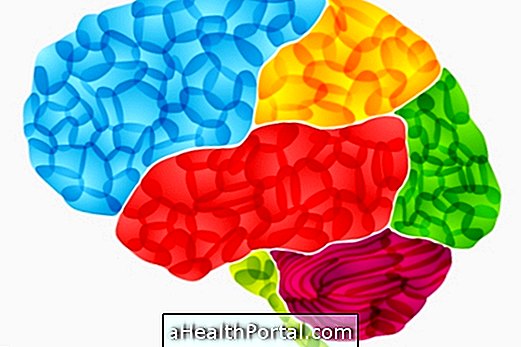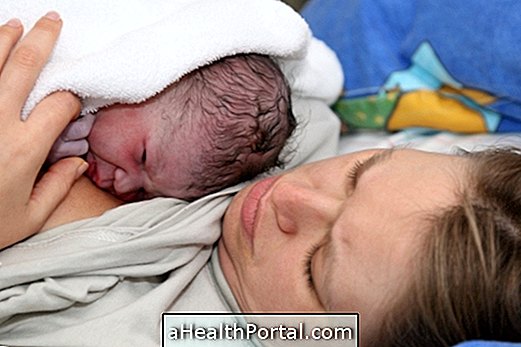Symptoms of Paramyloidosis, also known as Small-Scale Disease, begin to manifest around the age of 25 and 35 and show some symptoms, such as:
- Feeling of tingling or numbness of the feet / legs;
- Loss of sensitivity to heat or cold;
- Intense pain, similar to burning;
- Muscular atrophy of the legs and leg muscles;
- Change in gait, difficulty walking;
- Sudden weight loss;
- Cardiac compromise with arrhythmias, hypotension or decreased heart rate;
- Renal impairment;
- Changes in the digestive system, such as constipation, diarrhea or vomiting;
- Ulcers on the soles of the feet;
- Hand in claw;
- Blurred vision.
Symptoms of Paramyloidosis begin in the feet and, over time, extend to other regions of the cup, causing the whole body to be affected. In the later stages, the individual must be in a wheelchair or bedridden, extremely thin and undernourished.
Generally, this disease leads to death after 10 or 11 years of the onset of the first symptoms.
Treatment of Paramyloidosis
Treatment of Paramyloidosis does not cure the disease but helps to control its symptoms and slow its progression.
One of the treatments used for Paramyloidosis is liver transplantation, because it is the organ that most produces transthyretin, the protein that is found abnormal in this disease and causes the deposition of amyloid plaques that affect the nervous system.
There is also a medicine called Tafamidis that will work in the body in order to inhibit the production of the altered protein and destroy amyloid protein deposits.
Useful link:
- Paramyloidosis
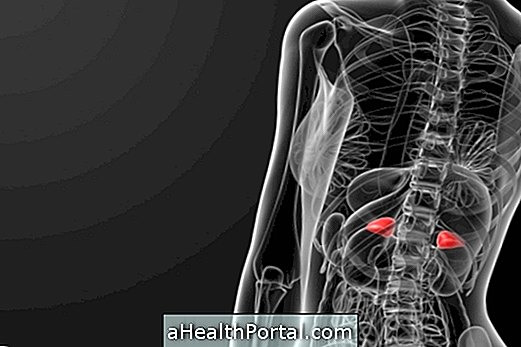




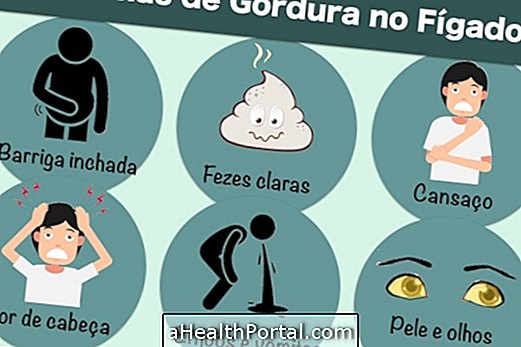



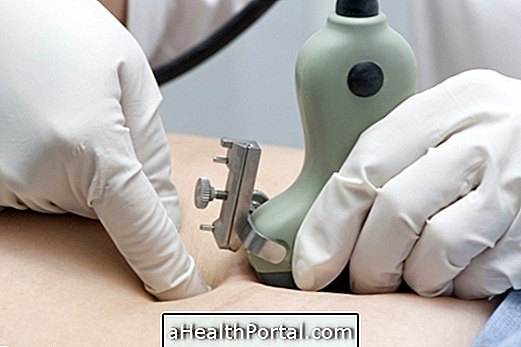


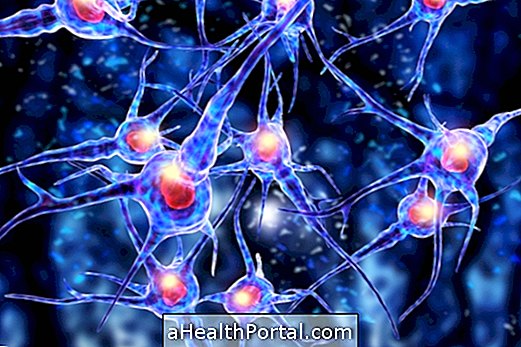
/como--feito-o-tratamento-para-coronavrus-(covid-19).jpg)



